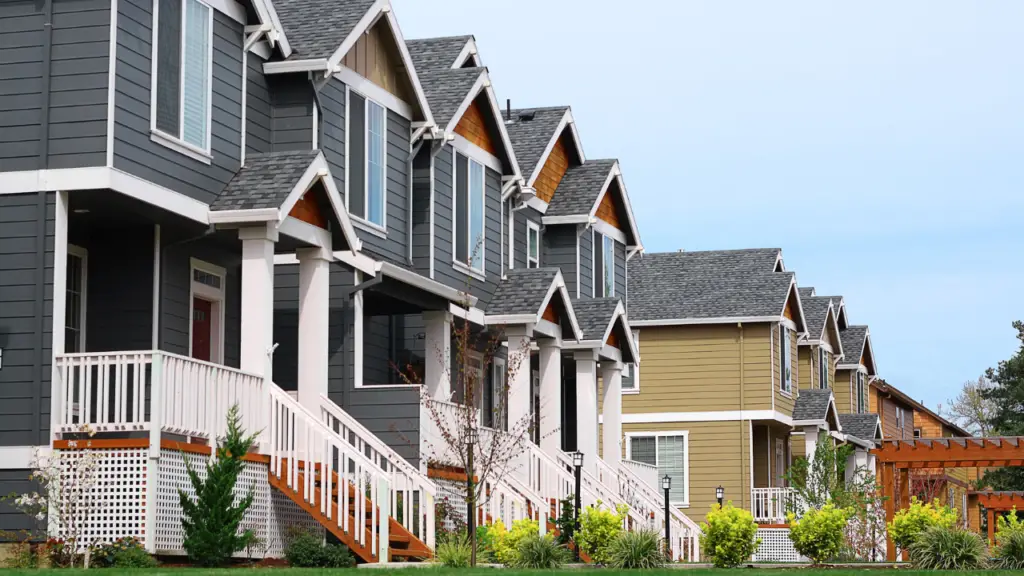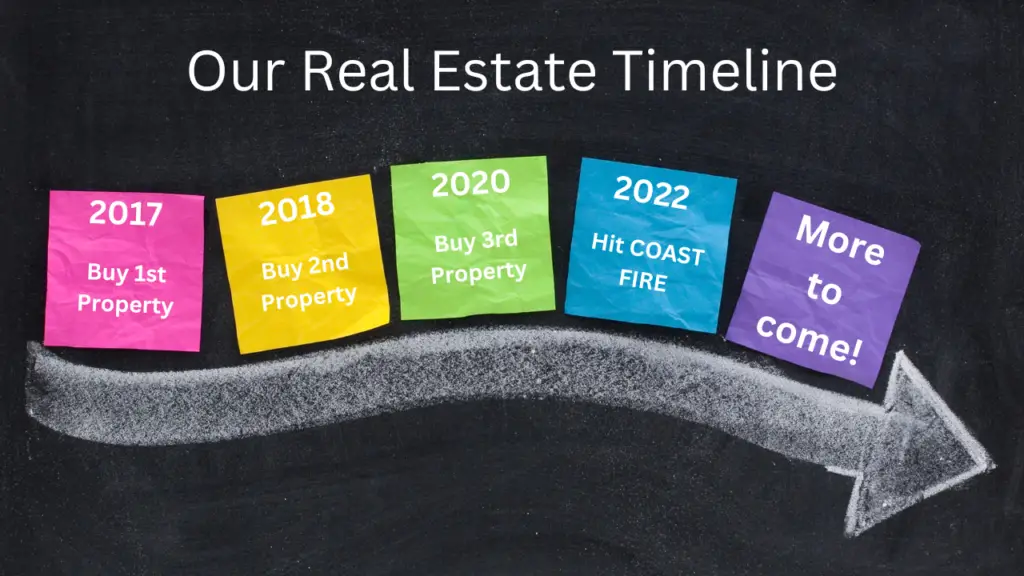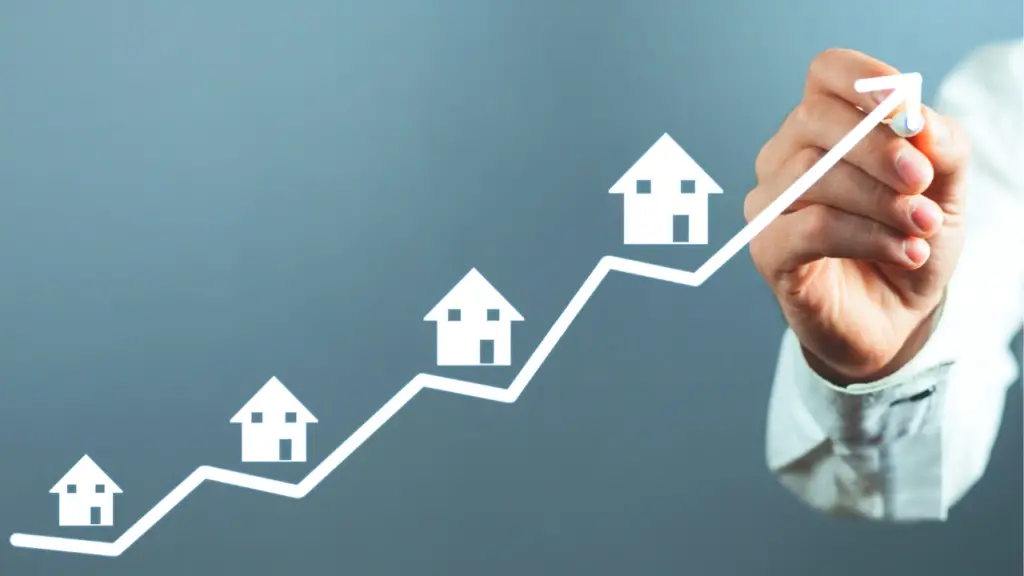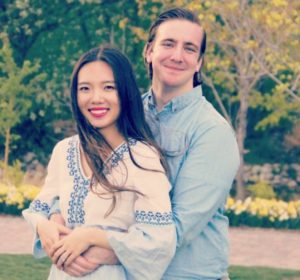Many people want to get started investing but aren’t sure what strategy to use. Others aren’t sure if it’s possible at a young age or with a lower income. Don’t worry; that’s why I wrote this article to help give you insights into our Real Estate strategy.
Real Estate investments can be a powerful tool to help you achieve financial freedom, and it doesn’t have to be hard or complicated. My Wife and I love real estate and started our investing journey as young college students in Utah.

When we purchased our first property, we were just college students, ages 21 and 23!
We did not have a lot of money. We did not have high-paying jobs.
Through hard work, we saved up $20,000 and kickstarted our real estate journey. Now that $20,000 has become $400,000 after five years!
Since we did not have a lot of income, we couldn’t follow the BRRRR strategy strictly.
More on that to come…
This post may contain affiliate links; please see our disclaimer for details.
Table of Contents
Our Real Estate Numbers and Timeline

First Real Estate Property
Our first property turned out to be a nice townhome located in Utah. It was built in 1970 and had two bedrooms plus 1.5 baths.
The total price was $100,000 in 2017. My sweetheart was 21 years old, and I was 23.
In total, we saved up $20,000 for our down payment. Since the downpayment was 20% of the house price, we did not have to pay mortgage insurance!
Our monthly mortgage payment was around $850 with HOA, taxes, etc.
We lived there for over a year and then rented it out for almost two years.
The rental income was $1000 a month, giving us $250 extra cash flow each month!
In 2020 we ended up selling the property for $140,000.
Second Real Estate Property
We bought our second property (a condo) in 2018 when My wife was 22 and I was 24.
Related Content: 7 Mistakes To Avoid As A New Landlord | Our Experiences
It was after accepting a job offer as an account manager that we decided to upgrade our home and rent out the first property, becoming first-time landlords.
The condo we found had 3 bedrooms/2 baths and was built-in in 2002.
As our second property, we could only apply for a conventional loan with a minimum requirement of 5%.
We also had to pay PMI (mortgage insurance) since the down payment did not reach 20% of the loan’s total amount.
The total price of the condo was $171,000. Our down payment + closing costs were $10,000 in total.
The monthly payment with HOA and mortgage insurance included was just about $1,200.
When COVID-19 happened, the interest rates dropped significantly.
We noticed these great interest rates and decided to refinance this condo!
After refinancing, our monthly payment went down to around $1,000 (Mortage, HOA, etc.), saving us $200 a month!
After living in the condo for around two years, we rented it out. We are still renting this condo, and the rental price is $1330 now, which gave us around $330 a month in cash flow!
Recently, the same condo sold in our community is around $300,000. When we bought it, it was only $170,000.
Third Real Estate Property
Our new home was under construction in July 2020. The building process was exciting and took ten months to finish.
We officially closed on the house / third property in May 2021 when my wife was 24 and I was 26.
The total price of our new single-family home was just around $340,000.
The home’s square footage is 2,300, with a lot size of 0.12 acres. We put down a 5% down payment which cost us $20,000.
Our locked interest rate is 3%. In total, our mortgage payment each month is $1,530.
After we moved in, we finished both our yard and basement.
The cost of finishing both our yard and basement will be approximately $20,000. A lot we did by ourselves, but some parts were hired out.
Recently the exact same model that sold in our community is $500,000 without a furnished yard and basement. Yet, when we bought it, it was only $340,000.
Since we hit Coast FIRE and moved abroad, this third property is now rented out, providing us with positive cash flows. We rent it out for $2,200 a month. Our total monthly expense, including mortgage payments, HOA, etc., is $1,600. This gives us a monthly cash flow of $600.
Now let’s talk about what BRRRR is first, and then we will share our real estate investing strategy.
So you can compare both of their similarities and differences so that you can decide which one is right for you!
“If you can, you should, and if you’re brave enough to start, you will.”
Stephen King
What Is The BRRRR Method?
The BRRRR method is a strategy for real estate investing that stands for “buy, rehab, rent, refinance, repeat “.
This methodology can be used in both residential and commercial real estate investing.
Buy: The first step is to find an investment property you want to purchase in a good location.
Once you have found a property, you will need to put down a deposit and then close on the deal.
Rehab: After you have purchased the property, you will need to renovate or repair it so that it is in good condition and value is added.
Once the repairs are complete, you can start renting the property to tenants.
Rent: After the property has been rented out for some time, you can refinance the property loan.
Refinance: You can conduct a cash-out refinance where you take out cash for the equity in your property and use it to purchase your next one.
Repeat: Once you have refinanced the property, you can then repeat the process by finding another property to purchase and rehab.
Our Real Estate Investment Strategy

Here is a quick overview of our strategy:
- Buy as owner-occupied (residential property).
- Do some easy remodeling while living there.
- Save up a downpayment for the next property.
- Buy the next house and rent out the previous one.
- Repeat the process.
Let’s go over each step of this strategy so that you can understand how it works and decide if it is right for you!
1) Buy as Owner-Occupied (Residential Property)
Once you have saved enough for a down payment, you will purchase your house as owner-occupied/residential property.
If you buy an owner-occupied/residential property, you can obtain a better interest rate, saving you a lot of money in the long run!
This is a crucial tip – When we look for a house, we always research how much we could rent out a property for and whether it can provide positive cash flows after mortgage payments and other expenses.
When we bought our first owner-occupied/residential property, our lender required us to live there for at least one year before converting it to a rental property.
Different lenders might have different rules, so it is good to check your lender.
During the time we lived in the property, we had time to remodel and start saving a down payment for the next home.
Remember to ONLY buy the house you can afford, NOT your dream home. Then, when you have a better financial situation, you can always upgrade to a better house next time!
My wife and I always told ourselves this is NOT our forever home; it doesn’t need to be perfect. It will be our rental one day, and we will work hard for our next one.
This has been an excellent motivation for us and reminds us to live within our means.
2) Do Some Easy Remodeling While Living There
As mentioned before, our lender required us to live there for at least one year before we could convert it to a rental property.
We were college students back then and didn’t have a lot of money. There was no way we could afford to buy rental property directly like some people, or spend a lot of money to hire professional contractors for remodeling.
Our first and second homes are second-hand houses, but our 3rd property was a brand new house we built. The nice thing about that third home is there was no remodeling needed so we did some house improvements such as finishing the yard and basement.
So we did some simple remodeling when living in our first and second properties, like painting doors, kitchen cabinets, and switched some old appliances, etc.
To make the place look nicer when we rent. Cleaning and painting are the BEST, EASIEST and CHEAPEST ways to remodel your house and make it look 100 times better.
Another note is that the seller must have owned the home and used it as their principal residence for two out of the last five years (up to the closing date).
This means if you lived in the house for two years, you can sell it with ZERO CAPITAL GAINS TAX within three years. If you have the plan to sell, it’s a good idea to stay there for at least two years!
3) Save up a Downpayment for the Next Property
If you know your goal is to purchase another home, you should start saving your next house down payment ASAP.
Once you have a better-paying job or are ready to upgrade your home, you will have the money ready.
It would help if you had an idea of how much your next house would cost so you can know how much of a down payment to save.
This part is different than BRRRR because we typically don’t refinance our properties and pull money out to buy the next property. We 100% save up the down payment by ourselves because we felt it was a better option with less risk for our family.
4) Buy the Next House and Rent out the Previous One
This step is very exciting! Once you are ready to buy a new place, it’s time to rent the one you live in.
Usually, you need to rent it out and provide the rental agreement and security deposit to your lender to close your new house.
Also, check with your HOA and city to see if other landlord licenses or documents are required. Our first property HOA required a copy of our city’s landlord license certificate but our second property HOA did not.
5) Repeat the Same Process
This step doesn’t need a whole lot of explanation, haha. Just re-start the steps and you’ll find it’s a very easy and enjoyable process!
Keep the process going and know you can reach your goals in time, and eventually get into your dream home!
Some tips for this step: Repeat
- Keep track of your finances.
- Diversify your portfolio.
- Stay disciplined and learn from past mistakes.
Our real estate strategy can be a great way to succeed in investing and help lower risks associated with typical investing.
If you are patient and careful, you can use this strategy to build a portfolio of assets that will provide passive income!
Remember…
“Landlords grow rich in their sleep.”
John Stuart Mill
A great way to start investing in real estate without a lot of money is with Fundrise, a crowdsourcing real estate investing platform.
With investment minimums of ONLY $10, you can start making PASSIVE INCOME with your real estate investment portfolio!
In Summary
Real estate investing can be a great way to make money and build wealth over time.
But every investment has its risks. It is essential to do your research and understand everything before getting started.
One more thing I want to say is that we have also been very fortunate.
The past few years have been a perfect time to invest in real estate in Utah. We could buy a house when the price was still relatively low and then watch it increase in value.
The value is still increasing, and having rental income as passive income is a fantastic thing!
We are grateful we have made $400,000 in profits with our real estate strategy.
Although we don’t place all our investment eggs in real estate, it has still been a powerful FIRE tool!
We’d love to hear your thoughts! Feel free to drop a comment or question below.
Disclaimer:
We hope the information in this article provides valuable insights to every reader but we, the Biesingers, are not financial advisors. When making your personal finance decisions, research multiple sources and/or receive advice from a licensed professional. As always, we wish you the best in your pursuit of financial independence!


